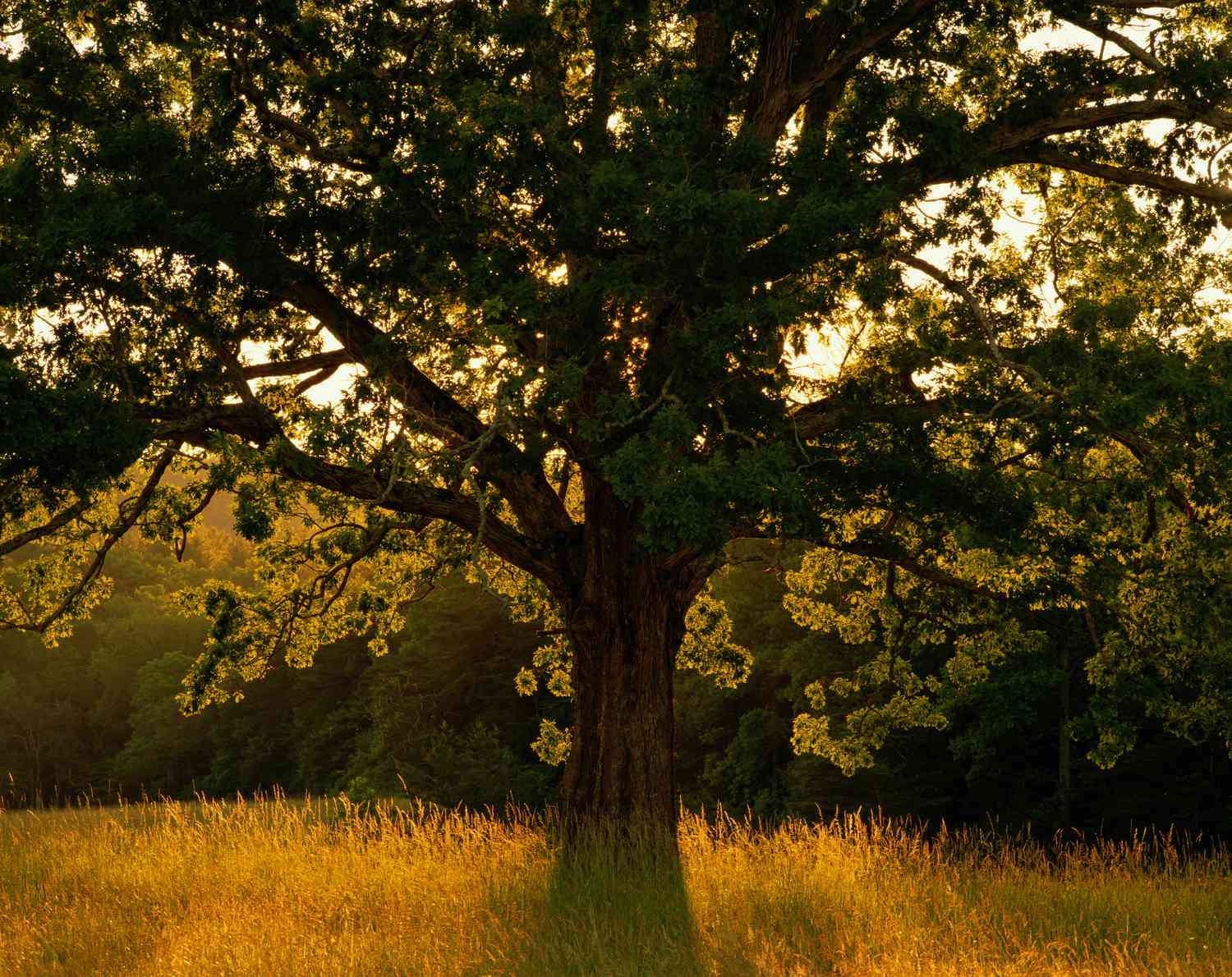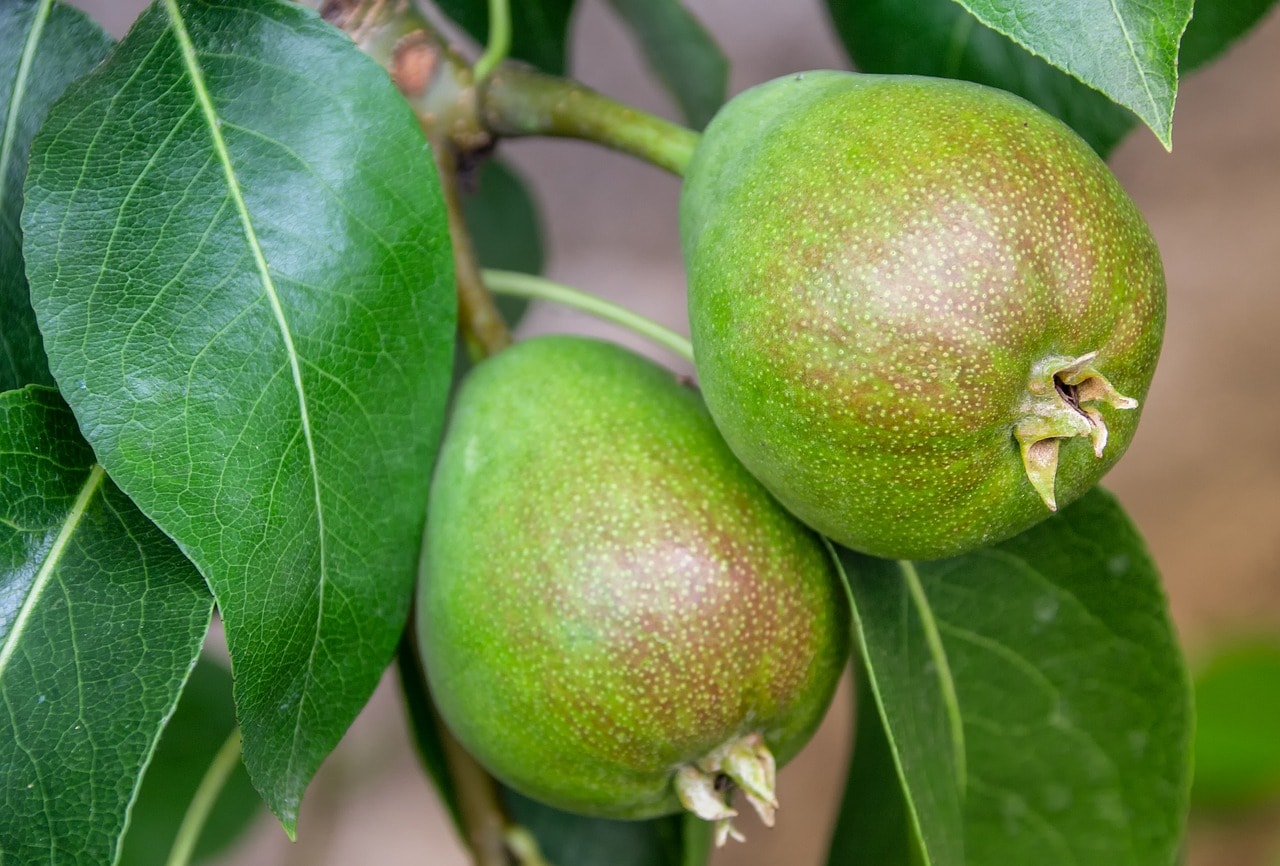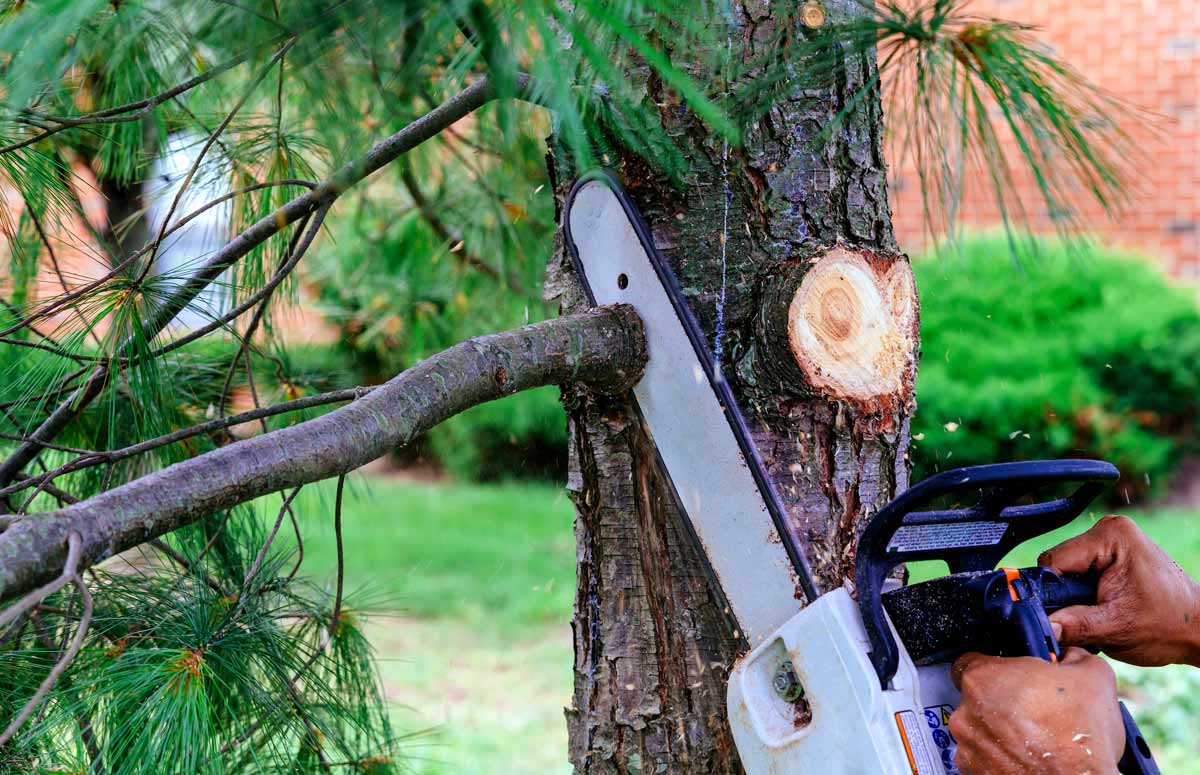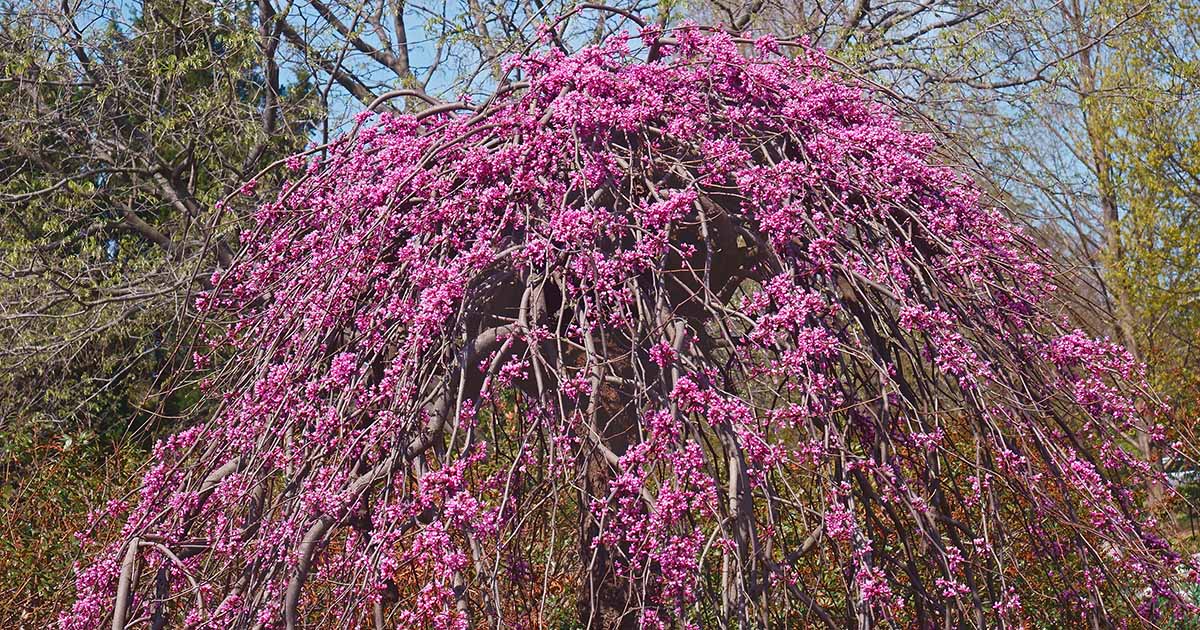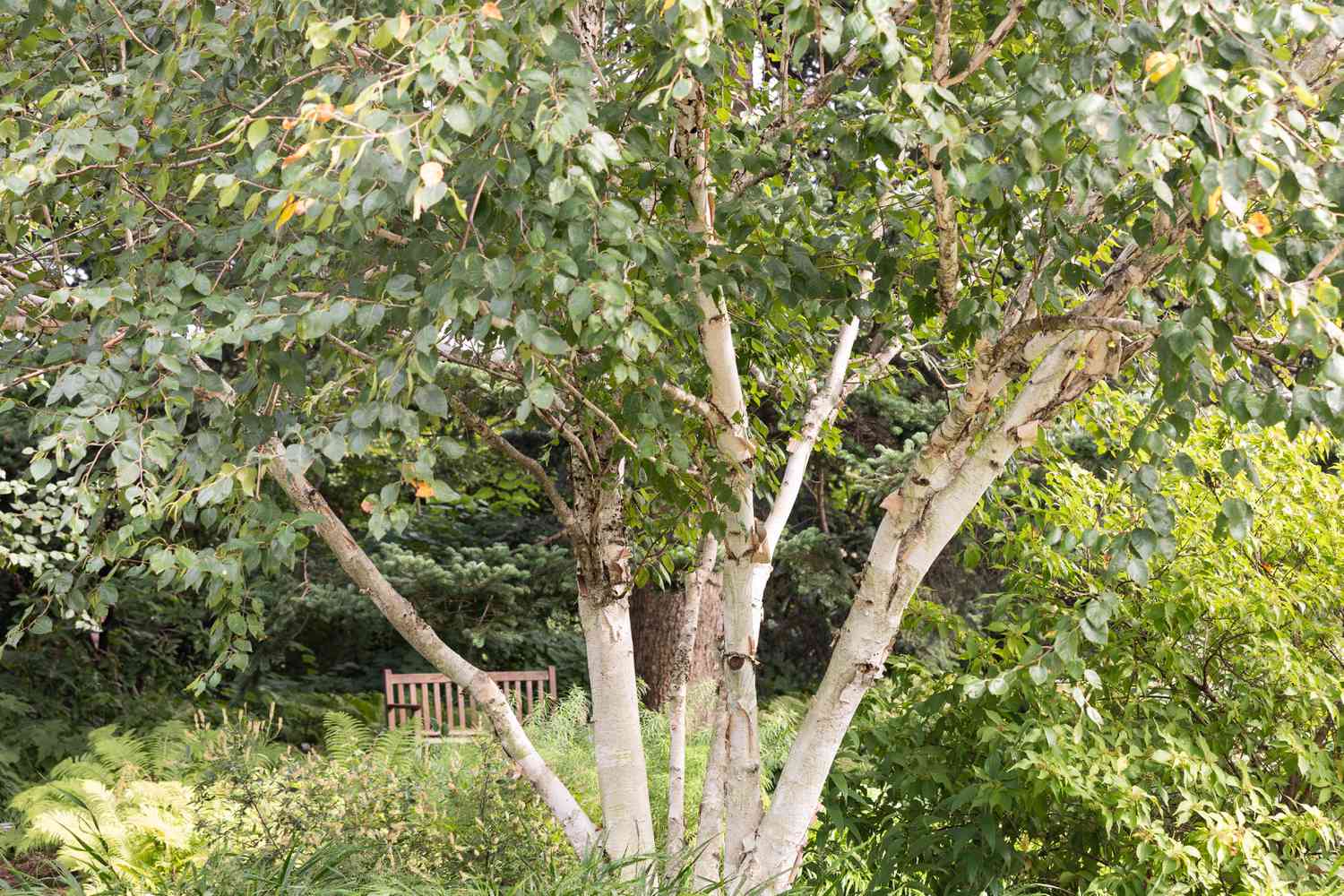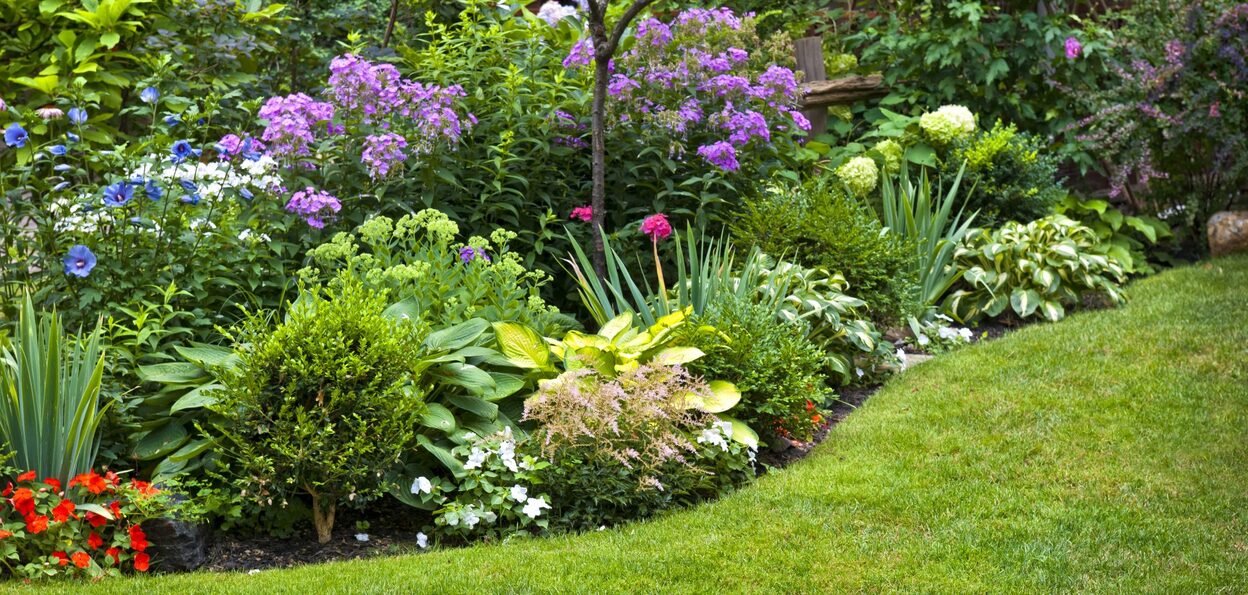Home>Gardening Techniques>Plant Care>When To Trim Juniper Shrubs
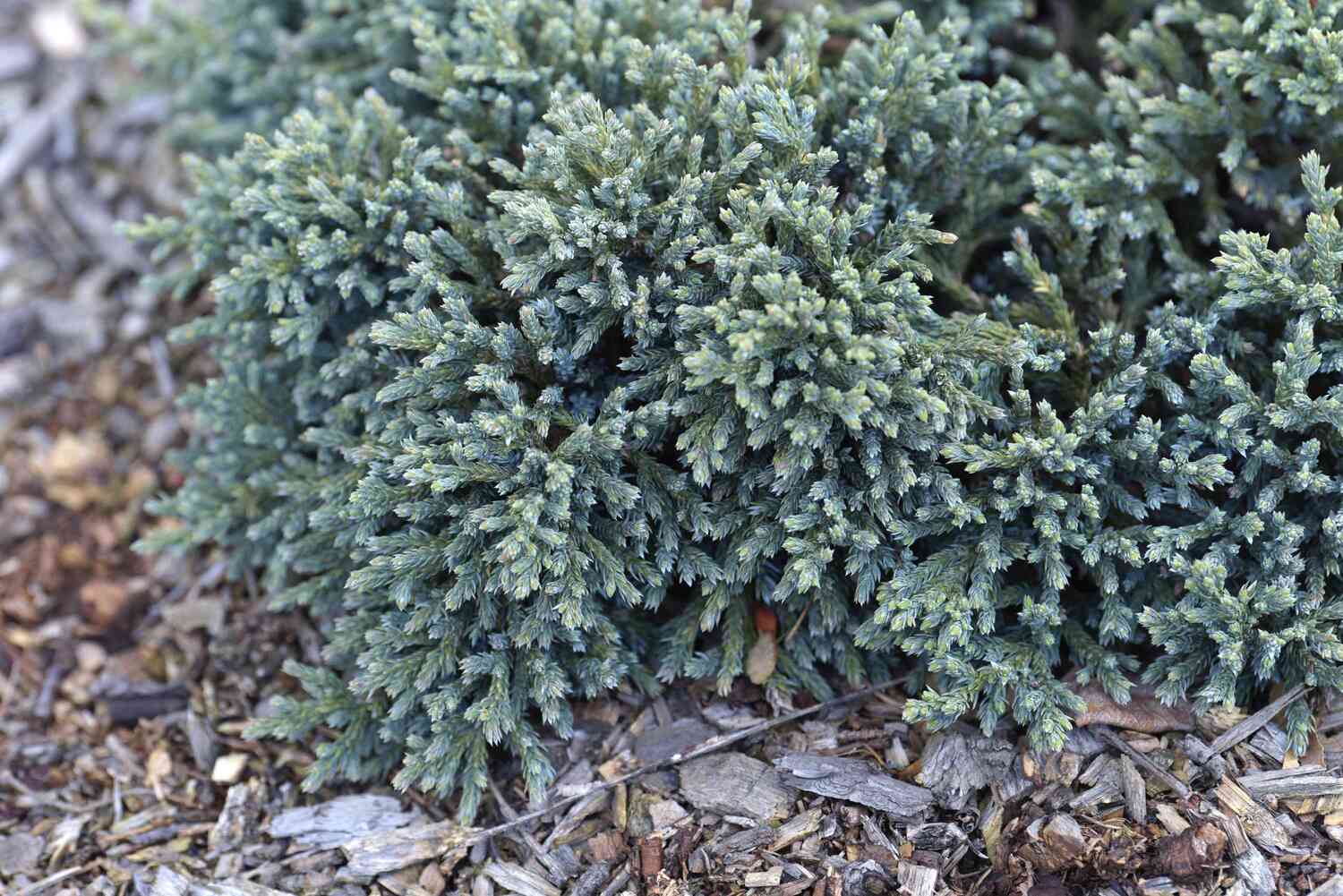

Plant Care
When To Trim Juniper Shrubs
Modified: January 22, 2024
Learn the best time to trim Juniper shrubs for healthy growth and improved appearance. Discover essential plant care tips for maintaining your Juniper plants.
(Many of the links in this article redirect to a specific reviewed product. Your purchase of these products through affiliate links helps to generate commission for Chicagolandgardening.com, at no extra cost. Learn more)
Table of Contents
- Introduction
- Understanding Juniper Shrubs
- Signs that Juniper Shrubs Need Trimming
- Factors to Consider before Trimming Juniper Shrubs
- Best Time to Trim Juniper Shrubs
- Tools Needed for Trimming Juniper Shrubs
- Step-by-step Guide for Trimming Juniper Shrubs
- Alternative Methods for Maintaining Juniper Shrubs
- Conclusion
Introduction
Welcome to the world of plant care, where even a small act like trimming can make a big difference in the health and appearance of your juniper shrubs. Juniper shrubs are known for their versatility, resilience, and stunning foliage, making them a popular choice for landscaping designs.
Trimming juniper shrubs is an essential task that helps maintain their shape, promotes healthy growth, and prevents overgrowth. However, knowing when and how to trim these shrubs can be a bit daunting, especially for new plant enthusiasts.
In this comprehensive guide, we will explore the intricacies of trimming juniper shrubs, including the signs that indicate they need trimming, the best time to do it, the tools you will need, and a step-by-step guide to help you through the process.
Whether you are a seasoned gardener looking to refine your plant care techniques or a beginner seeking advice on how to care for your juniper shrubs, you’ve come to the right place. So grab your gardening gloves, sharpen your pruners, and let’s dive into the world of juniper shrub trimming!
Understanding Juniper Shrubs
Before we delve into the art of trimming juniper shrubs, it’s essential to gain a solid understanding of these beautiful and versatile plants. Juniper shrubs belong to the genus Juniperus and are part of the cypress family (Cupressaceae). They are known for their evergreen foliage, needle-like leaves, and characteristic berry-like cones.
Juniper shrubs come in a wide variety of species and cultivars, offering different shapes, sizes, and colors to choose from. Some common juniper varieties include “Blue Star,” “Skyrocket,” “Spartan,” and “Eastern Red Cedar.” These shrubs can range in height from a few feet to towering giants reaching up to 20 feet or more.
One of the remarkable features of juniper shrubs is their ability to adapt to various growing conditions. They can thrive in both sun and shade, making them suitable for a wide range of landscapes. Junipers are also known for their drought-tolerance, making them a great choice for arid regions where water conservation is important.
In addition to their aesthetic appeal, juniper shrubs offer several practical benefits. They can be used as natural barriers or hedges to provide privacy and security. Their dense foliage also acts as an excellent windbreak, reducing the impact of strong winds on your outdoor space.
Furthermore, juniper shrubs have a long lifespan and can live for decades with proper care. Regular trimming is essential for maintaining their health and appearance, ensuring they continue to thrive year after year.
Now that we have a good grasp of what juniper shrubs are and their versatile nature, it’s time to explore the signs that indicate when they need trimming.
Signs that Juniper Shrubs Need Trimming
While juniper shrubs are relatively low-maintenance, there are clear signs that indicate when it’s time to give them a trim. Regular trimming not only enhances their visual appeal but also keeps them healthy and prevents any potential issues from arising.
1. Overgrowth: One of the most obvious signs that your juniper shrubs need trimming is when they start to look overgrown. If the branches are extending too far outward or upward, it’s a good indication that it’s time to give them a trim to maintain their desired shape and size.
2. Dense, Inner Growth: As juniper shrubs age, they tend to develop dense inner growth. This can cause the center of the shrub to become overcrowded, blocking sunlight and airflow. Trimming away some of this dense growth helps promote better air circulation and prevents diseases from taking hold.
3. Brown or Dead Foliage: If you notice brown or dead foliage on your juniper shrubs, it’s a clear sign that they need a trim. Removing these dead or diseased branches not only improves the appearance of the shrub but also prevents the spread of any potential diseases or pests.
4. Distorted Shape: Over time, juniper shrubs can lose their desired shape due to natural growth patterns or external factors. If you find that your shrub has become distorted or uneven, a trim can help restore its original form and create a more visually pleasing appearance.
5. Crossing or Rubbing Branches: When branches of a juniper shrub start crossing over or rubbing against each other, it can cause damage, create wounds, and hinder healthy growth. Trimming these overlapping branches helps prevent such issues and promotes better branch structure.
Keep in mind that regular monitoring and observation of your juniper shrubs is crucial to catch any signs of the need for trimming early on. By addressing these signs promptly, you can ensure the long-term health and vitality of your juniper shrubs.
Factors to Consider before Trimming Juniper Shrubs
Before you grab your pruning shears and start trimming your juniper shrubs, there are several important factors to consider. These factors will help you ensure that you trim your shrubs at the right time, in the right way, and with the best results.
1. Timing: Timing is crucial when it comes to trimming juniper shrubs. It’s important to trim them at the right time of year to avoid stressing the plant or interfering with its natural growth cycles. Generally, it’s best to trim juniper shrubs in late winter or early spring before new growth begins. Trimming during this dormant period allows the shrub to heal quickly and encourages healthy growth.
2. Weather Conditions: Pay attention to the weather conditions before trimming your juniper shrubs. Avoid trimming on hot, dry, or extremely cold days, as extreme temperatures can stress the plant. Opt for a mild and cloudy day to minimize stress and allow the shrub to recover more effectively.
3. Pruning Goals: Define your pruning goals before starting the trimming process. Are you looking to maintain the size and shape of the shrub, or do you want to rejuvenate its growth? Understanding your pruning objectives will help you determine the amount and style of trimming required.
4. Growth Rate: Consider the growth rate of your specific juniper shrub variety. Some varieties grow faster than others, which means they may require more frequent trimming to maintain their desired shape and prevent overgrowth. Understanding the growth rate will help you establish a regular trimming schedule.
5. Health of the Shrub: Assess the overall health of your juniper shrub before trimming. If you notice any signs of disease, pests, or stress, it’s vital to address these issues before proceeding with trimming. Trimming a diseased or stressed shrub can worsen the condition and hinder recovery.
6. Personal Safety: Never compromise personal safety when trimming juniper shrubs. Wear protective gloves, goggles, and long sleeves to prevent injuries from thorns or branches. Ensure that your tools are sharp and in good condition to make clean cuts and reduce the risk of accidents.
By considering these factors before trimming, you can ensure that you are trimming your juniper shrubs at the right time, in a safe and effective manner. Now that you have the necessary background knowledge, let’s explore the best time to trim juniper shrubs.
Best Time to Trim Juniper Shrubs
The timing of when to trim your juniper shrubs is crucial to ensure their health and success. While juniper shrubs can tolerate some pruning throughout the year, there is an optimal time to trim them for the best results.
Generally, the best time to trim juniper shrubs is in late winter or early spring, before the new growth begins. This period is referred to as the shrub’s dormant season, when its energy is focused on root development rather than foliage production. Trimming during this time allows the shrub to heal quickly and encourages vigorous growth in the upcoming growing season.
Trimming during the dormant season has several advantages. First, it minimizes the risk of interfering with the shrub’s natural growth cycle. By trimming before new growth emerges, you avoid removing the potential buds or inhibiting the development of the shrub’s branches and foliage.
Additionally, trimming during the dormant season helps control the size and shape of your juniper shrubs. It allows you to remove any dead, damaged, or overgrown branches, promoting better air circulation and reducing the risk of diseases or pests. Trimming also encourages the shrub to produce new growth, resulting in a more dense and compact shape.
However, there may be instances when you need to trim your juniper shrubs outside the dormant season. Light pruning to remove specific branches or shape the shrub can be done during the active growing season, such as late spring or early summer. It’s important to note that excessive or drastic pruning during the growing season can stress the shrub and lead to a slower recovery.
Remember to pay attention to the weather conditions when trimming. Avoid trimming on extremely hot, dry, or freezing cold days, as these conditions can cause additional stress to the shrub. Opt for a mild and cloudy day for the best results.
By trimming your juniper shrubs at the optimal time, you promote their health, encourage vigorous growth, and enhance their overall appearance. Now that you know when to trim, let’s explore the tools you will need for the trimming process.
Tools Needed for Trimming Juniper Shrubs
Having the right tools for trimming juniper shrubs is essential to ensure smooth and effective pruning. These tools will help you achieve clean cuts, minimize damage to the shrub, and make the trimming process more efficient. Here are some essential tools you’ll need:
1. Pruning Shears: Pruning shears, also known as hand pruners or secateurs, are a must-have tool for trimming juniper shrubs. Look for a high-quality pair with sharp, bypass blades that can make clean cuts without crushing the branches. Choose a size that is comfortable for your hand and offers good leverage for cutting through thicker branches.
2. Hedge Shears: For shaping and maintaining the overall form of your juniper shrubs, hedge shears are useful. These long-bladed shears have a more substantial cutting capacity and can handle thicker branches with ease. Opt for hedge shears with non-stick blades and adjustable tension for added convenience.
3. Lopping Shears: Lopping shears, also known as loppers, are useful for trimming thicker branches that are too large for regular pruning shears. These shears have long handles and a scissor-like cutting mechanism, providing increased leverage and cutting power. Look for lopping shears with sharp blades and comfortable handles for efficient trimming.
4. Hand Saw: In some cases, you may encounter branches too thick for pruning or lopping shears. A hand saw will come in handy for cutting through larger branches. Choose a pruning saw with a sharp, serrated blade and a comfortable handle for precise and controlled cutting.
5. Safety Gear: Prioritize your safety by wearing the appropriate gear when trimming juniper shrubs. Protective gloves will shield your hands from thorns and branches, while safety goggles will protect your eyes from debris. Also, consider wearing long sleeves and pants to further protect your skin.
6. Disinfectant: To prevent the spread of diseases or pests, it’s essential to clean and disinfect your tools before and after trimming each juniper shrub. Use a disinfectant solution specifically designed for gardening tools or a mixture of bleach and water to sanitize your blades.
Remember to maintain your tools by sharpening the blades regularly and keeping them clean and rust-free. Well-maintained tools will make the trimming process much easier and ensure the longevity of your equipment.
Now that you have all the necessary tools at your disposal, let’s move on to the step-by-step guide for trimming juniper shrubs.
Step-by-step Guide for Trimming Juniper Shrubs
Trimming juniper shrubs may seem intimidating at first, but with the right approach and technique, you can achieve beautiful results. Follow this step-by-step guide to trim your juniper shrubs effectively:
1. Assess the Shrubs: Begin by thoroughly inspecting your juniper shrubs. Identify any dead, diseased, or damaged branches that need to be removed. Also, take note of any areas where the shrub has become overgrown or lost its desired shape.
2. Prepare the Tools: Ensure your pruning shears, hedge shears, lopping shears, hand saw, and disinfectant are clean, sharp, and ready for use. Put on your safety gear, including gloves and safety goggles, to protect yourself during the trimming process.
3. Start with Deadwood Removal: Begin by removing any dead or brown branches. Use your pruning shears to make clean cuts close to the base of the branch or the collar of the main stem. Dispose of the removed branches properly, ensuring you do not leave any debris in the garden.
4. Shape the Shrubs: Use hedge shears to shape the shrub and maintain its desired form. Begin by taking a step back and examining the overall shape you want to achieve. Trim the outer edges of the shrub, working from the bottom to the top, using smooth and even cuts. Constantly step back to assess your progress and ensure a balanced and visually pleasing shape.
5. Manage Overgrowth: If you have areas of overgrown juniper shrubs, use lopping shears or a hand saw to thin out the branches. Identify the thick and overcrowded areas, and selectively remove some branches to improve air circulation and encourage healthy growth. Make cuts at the base of the branch or close to a junction where new growth can thrive.
6. Clean and Disinfect: After trimming each juniper shrub, clean your tools using a disinfectant solution or a mixture of bleach and water. This step helps prevent the spread of diseases or pests to other shrubs in your garden.
7. Final Touches: Take a final look at your trimmed juniper shrubs and make any additional adjustments or refining cuts as needed. Step back and appreciate the refreshed appearance of your shrubs.
Remember, it’s important not to over-prune your juniper shrubs. Avoid removing more than one-third of the shrub’s foliage at a time and allow the shrub sufficient time to recover before further trimming.
By following this step-by-step guide, you can confidently trim your juniper shrubs, achieving a well-maintained shape and promoting their overall health and vitality.
Alternative Methods for Maintaining Juniper Shrubs
While trimming is an effective way to maintain juniper shrubs, there are also alternative methods you can consider to keep them healthy and vibrant. These methods can supplement or replace traditional trimming techniques, offering variety and flexibility in your plant care routine. Here are a few alternative methods for maintaining juniper shrubs:
1. Shearing: Shearing involves shaping your juniper shrubs using electric or manual hedge trimmers. This method is particularly useful if you prefer a more formal and uniform look for your shrubs. Shearing can help create geometric shapes, such as spheres or hedges, and maintain a crisp and polished appearance. However, shearing should be done carefully to avoid creating dense outer layers that inhibit light and airflow.
2. Thinning: Thinning is a technique that involves selectively removing individual branches throughout the shrub to reduce density and allow more light to penetrate. This method helps encourage better air circulation, reduce the risk of diseases, and promote healthier growth. Thinning can be done using pruning shears or lopping shears, targeting specific areas and branches that appear overcrowded.
3. Pinching: Pinching is a simple technique where you use your fingers to pinch off the tips of new growth. This method helps encourage branching and denser foliage. Regular pinching throughout the growing season can help shape your juniper shrub and create a more compact appearance. Pinching is particularly effective for smaller, younger shrubs or individual branches that may be growing out of proportion.
4. Groundcover Plants: Introducing low-growing groundcover plants around the base of your juniper shrubs can add visual interest and reduce the need for frequent trimming. Groundcover plants, such as creeping thyme or trailing sedums, can fill empty spaces, suppress weed growth, and provide a beautiful contrast to the vertical elements of the shrubs. Choose groundcover plants that are compatible with the growing conditions and complement the aesthetics of your juniper shrubs.
5. Mulching: Applying a layer of mulch around the base of your juniper shrubs offers numerous benefits. Mulch helps retain moisture, suppress weeds, regulate soil temperature, and provide a neat and tidy appearance. Organic mulch, such as wood chips or shredded bark, is an excellent option as it slowly decomposes, enriching the soil with organic matter over time.
Remember, these alternative methods should be used in conjunction with regular monitoring and maintenance of your juniper shrubs. Observing their growth patterns, assessing their health, and adapting your maintenance techniques accordingly will ensure their long-term success.
Experiment with different methods, combinations, and techniques to find the best approach that suits your preferences and the specific needs of your juniper shrubs. Adaptation and flexibility in plant care are key to nurturing a thriving and visually appealing garden.
Conclusion
Trimming juniper shrubs is an essential task for maintaining their health, shape, and overall appearance. By following the guidelines presented in this comprehensive guide, you can confidently trim your juniper shrubs and foster their long-term success.
Understanding the nature of juniper shrubs, identifying the signs that indicate the need for trimming, and considering the factors before trimming are key to achieving optimal results. By trimming at the right time, using the appropriate tools, and following a step-by-step approach, you can ensure a well-maintained shape and promote the overall health and vitality of your juniper shrubs.
Moreover, exploring alternative methods for maintaining juniper shrubs allows you to add variety and flexibility to your plant care routine. Whether through shearing, thinning, pinching, incorporating groundcover plants, or using mulch, these methods offer alternative ways to maintain and enhance the beauty of your juniper shrubs.
Remember, every garden is unique, and each shrub may require different levels of care and attention. Regular monitoring, observation, and adaptability in your maintenance techniques will help ensure the long-term success of your juniper shrubs.
So, put on your gardening gloves, grab your pruning shears, and embark on the journey of trimming and nurturing your juniper shrubs. With proper care, these versatile and resilient plants will reward you with their beautiful foliage and enhance the beauty of your outdoor space for years to come.
